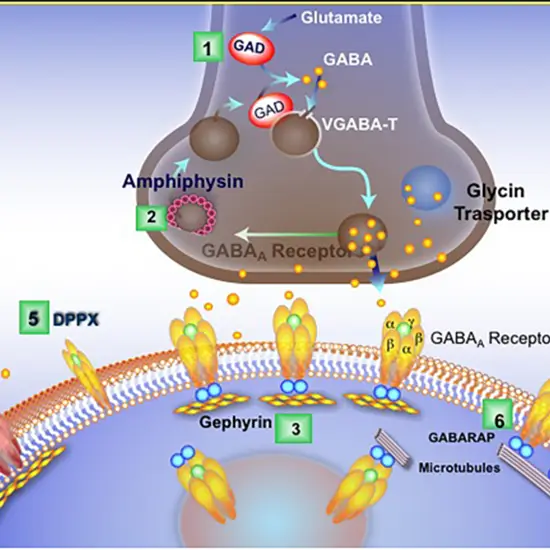Diagnostic test for gonadotropin deficiency, characterized by insufficient secretion of luteinizing hormone (LH) and follicle-stimulating hormone (FSH), poses significant diagnostic challenges, particularly when coexisting with severe insulin resistance (IR). The intricate interplay between these endocrine disorders necessitates a nuanced approach to diagnosis, ensuring accurate identification and effective management.

Pathophysiology of Gonadotropin Deficiency and Insulin Resistance
Gonadotropin deficiency, often resulting from hypothalamic or pituitary dysfunctions, leads to impaired sexual development and reproductive anomalies. Severe IR, characterized by diminished cellular responsiveness to insulin, is associated with conditions such as polycystic ovary syndrome (PCOS) and certain genetic disorders. The coexistence of these conditions can obscure clinical presentations, complicating the diagnostic process.
Diagnostic Strategies
- Clinical AssessmentA thorough clinical evaluation is paramount. Key considerations include:
- Reproductive History: Assessment of menstrual irregularities, libido, and fertility issues.
- Physical Examination: Identification of signs such as hirsutism, acne, and acanthosis nigricans, which may indicate hyperandrogenism linked to IR.
- Biochemical Evaluations
- Basal Hormone Levels: Measurement of serum LH, FSH, estradiol, and testosterone levels. In gonadotropin deficiency, LH and FSH are typically low or inappropriately normal despite low sex steroid levels.
- Insulin and Glucose Metrics: Fasting insulin and glucose levels, along with assessments like the Homeostatic Model Assessment of Insulin Resistance (HOMA-IR), aid in quantifying IR severity.
- Stimulation Tests
- Gonadotropin-Releasing Hormone (GnRH) Stimulation Test: Administration of GnRH to evaluate pituitary release of LH and FSH. A blunted response may indicate pituitary or hypothalamic dysfunction.
- Insulin Tolerance Test (ITT): While primarily used to assess growth hormone deficiency, ITT can provide insights into the integrity of the hypothalamic-pituitary axis. However, its application is limited in patients with severe IR due to potential risks associated with hypoglycemia.
- Imaging Studies
- Magnetic Resonance Imaging (MRI): High-resolution imaging of the hypothalamic-pituitary region to detect structural abnormalities contributing to hormonal deficiencies.
Considerations in Severe Insulin Resistance
The presence of severe IR necessitates careful interpretation of diagnostic tests:
- Hormone Assay Interference: Hyperinsulinemia can alter sex hormone-binding globulin (SHBG) levels, affecting the measurement of free sex steroids.
- Risk of Hypoglycemia: Stimulation tests inducing hypoglycemia require caution, as patients with IR may have an unpredictable glycemic response.
- Overlapping Syndromes: Conditions like HAIR-AN syndrome (Hyperandrogenism, Insulin Resistance, Acanthosis Nigricans) present with features common to both IR and gonadotropin deficiency, complicating the differential diagnosis.
Diagnosing gonadotropin deficiency in the context of severe insulin resistance demands a comprehensive and tailored approach. Integrating detailed clinical evaluations with targeted biochemical tests and imaging studies ensures accurate diagnosis, facilitating effective management strategies for affected individuals.